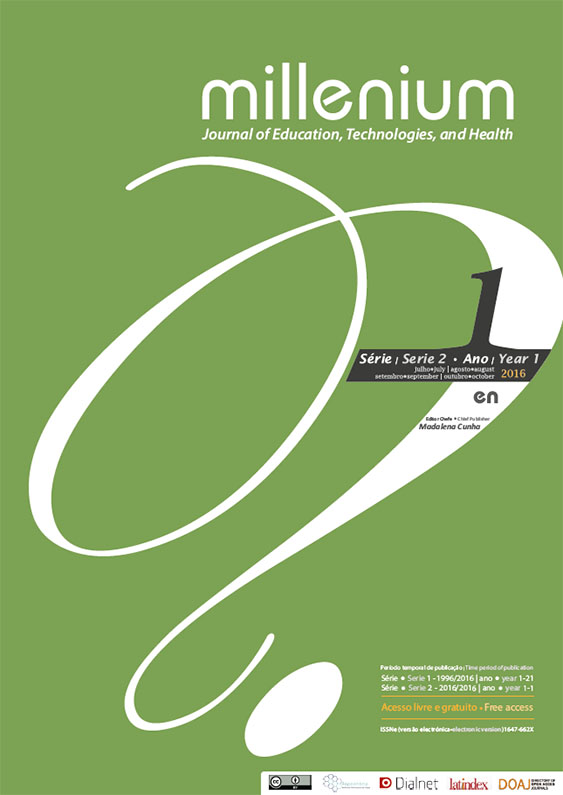Internal communication in organizations: practical instruments to help the shift change
DOI:
https://doi.org/10.29352/mill0201.09.00004Keywords:
shift change, communication, informationAbstract
Introduction: The internal communication inside the organization, whether is interpersonal, group or intergroup, must involve all the collaborators in order the mission, values, operative principles and the behaviour patterns be common, to generate the organizational development and motivation.
Development: The shift change in nursing is a fundamental moment of learning and information transmission regarding the patient. The information given on the shift change must be objective and updated, always considering the ethical-deontological principles and a technical language about the care given to the patient, resulting of the application of a scientific methodology and reflexion strategies. In order to ease the information transmission, we intent, with this work, to do a practical instrument, in this case a written one, to aid the shift changing. For this, it was performed a study in a sample of nurses to whom was applied a Data Collection Questionnaire.
Conclusions: The use of a support tool for the shift change is one of the pillars of the improvement of nursing care.
Downloads
References
Elkyn, M., Perry, A., & Potter, P. (2005). Intervenções de enfermagem e procedimentos clínicos (2ª ed.). Loures: Lusociência.
Fachada, M. O. (1998). Psicologia das relações interpessoais. Lisbon: Rumo Editions.
Guimarães, P. (1999). Learning and professional quotidian, (Dissertação de Mestrado), Education and Psychology Institute of Minho University, Portugal.
Order of the Nurses (2001). Shift change nest to the patient, in infirmary: opinion of the Jurisdictional Board 20/2001. Order of the Nurses. N. 4, p. 9-10.
Order of the Nurses (2015). Nursing professional deontology. Article n. 84. Order of the Nurses. p.73.
Potter, P., & Perry, A. (2006). Fundamentos de enfermagem (6ª ed.). Mosby: Elsivier.
Rego, A. (1999). Comunicação nas organizações. Lisboa: Sílabo Editions.
Azevedo, P., et al (2005). The importance of the family on the patient re-insertion, Nursing Magazine “Bioethical Questions 201, p.28
Teixeira, M. (2007) The patient with central venous catheter: “Quality of the information given in the shift change in nursing”, Nursing Magazine, 223, p. 20.
United Nations (1948). Universal Declaration of Human Rights, article n. 1.
Watzlawick, P., Bavelas, J. B., & Jackson, D. D.(1993). Pragmatics of the human communication (9th ed.) São Paulo: Cultrix.
Downloads
How to Cite
Issue
Section
License
Authors who submit proposals for this journal agree to the following terms:
a) Articles are published under the Licença Creative Commons (CC BY 4.0), in full open-access, without any cost or fees of any kind to the author or the reader;
b) The authors retain copyright and grant the journal right of first publication, allowing the free sharing of work, provided it is correctly attributed the authorship and initial publication in this journal;
c) The authors are permitted to take on additional contracts separately for non-exclusive distribution of the version of the work published in this journal (eg, post it to an institutional repository or as a book), with an acknowledgment of its initial publication in this journal;
d) Authors are permitted and encouraged to publish and distribute their work online (eg, in institutional repositories or on their website) as it can lead to productive exchanges, as well as increase the impact and citation of published work
Documents required for submission
Article template (Editable format)





